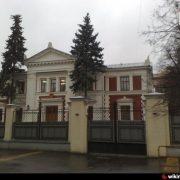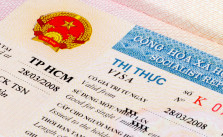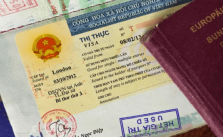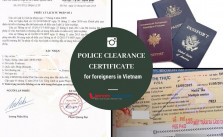First time in Vietnam – 6 important things to know before you go
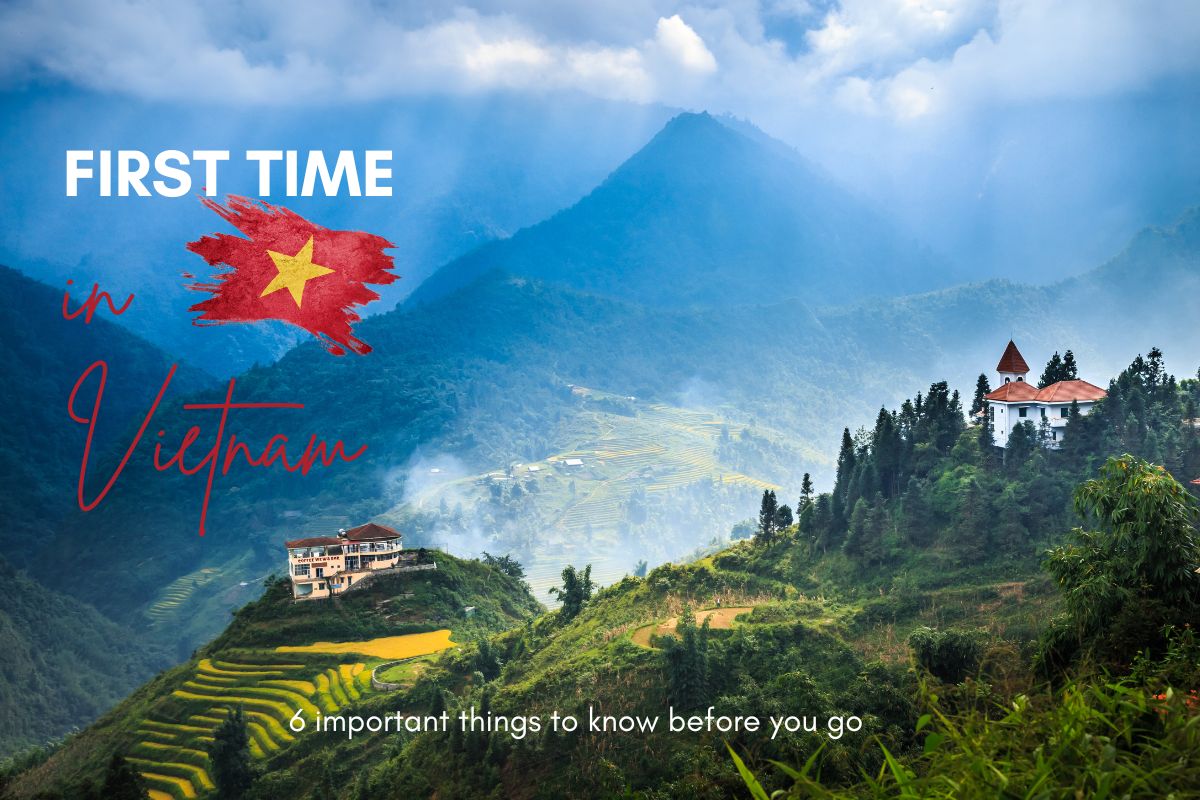
Table of Contents
It’s your first time in Vietnam and you don’t know what to prepare. This guide offers 6 crucial things to know before, including the ideal time to visit, the best destinations, packing essentials, and tips for staying connected. With these insights, you’ll be well-equipped to make the most of your Vietnamese experience and create memories that will last a lifetime.
I. When is the Best Time to Visit Vietnam?
The best time to visit Vietnam depends on which region you want to visit, but here is an overview:
- December to April: Ideal for most of the country as this is the dry season with comfortable temperatures.
| Region | Destinations | Best Time to Visit | Estimated Temperature (°C) | Weather Highlights | Avoid |
| North Vietnam | Ha Noi, Ha Giang, SaPa, Ninh Binh | October to April | 15-25°C (winter), 25-35°C (summer) | Cool and dry | June to August (hot and rainy season) |
| Central Vietnam | Da Nang, Hue, Hoi An | January to August | 22-30°C (dry season), 18-25°C (winter) | Dry and warm | October to December (potential flooding) |
| South Vietnam | Ho Chi Minh City, Phu Quoc | December to April | 25-35°C | Dry, less humid | May to November (monsoon season) |
Before your trip, consider your preferred activities and tolerance for heat/rain when planning. Tet holiday (Lunar New Year, usually in January or February) can affect travel plans due to increased domestic tourism and business closures.
II. What to pack for Vietnam
When traveling to any destination, several essential items to pack include comfortable clothes and shoes, medicines, and a water bottle. Besides these necessities, there are a few other things that you should consider taking with you, especially for Vietnam:
- Travel adapter (types A, C, F): Vietnam uses 220V with plug types A, C, and F. Bring a universal adapter to fit your devices
- Clothing suitable for temples: Pack modest clothing—long sleeves, trousers, or skirts that cover your knees, in neutral colors—to respect local customs at religious sites.
- Insect repellent: Vietnam’s rural areas have mosquitoes, so bring DEET-based repellent. Consider anti-malarial medication if traveling off the beaten path
- Cash: Many local shops and markets don’t accept credit cards, so carry Vietnamese Dong (VND), especially for street food, markets, and taxis
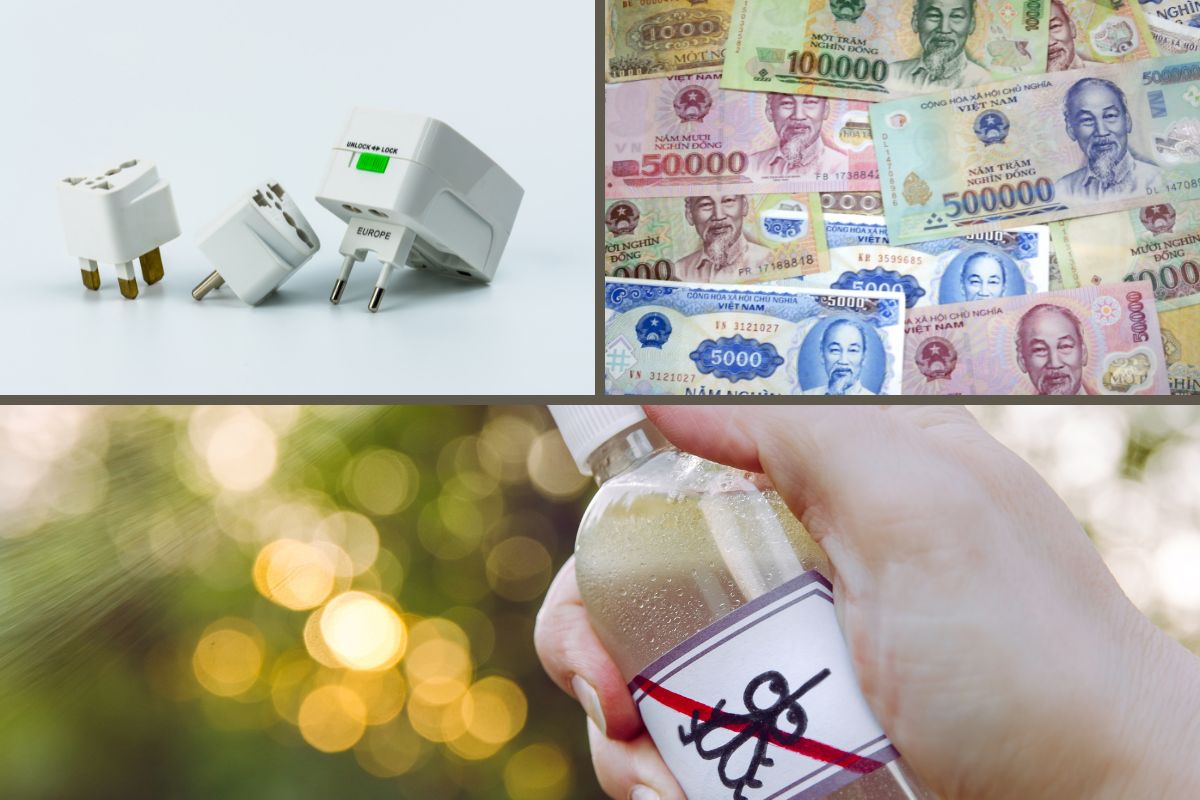
III. How Many Days Do You Need in Vietnam?
To experience Vietnam properly, you should plan for 10 to 14 days.
- 7-10 days: You can efficiently cover major destinations like Hanoi, Ha Long Bay, Hue, Hoi An, and Ho Chi Minh City, balancing culture, history, and natural landscapes
- 10-14 days: Allows deeper exploration, consider adding Sapa for trekking, Phu Quoc for beaches, and the Mekong Delta for cultural immersion
If you have less than a week, you’ll be rushed and might miss key experiences.
III. Best Things to Do Your First Time in Vietnam
- Explore Hanoi
Hanoi, the capital city of Vietnam, is a must-visit destination for all visitors. When you get to Hanoi, you can enjoy its rich history, vibrant culture, and authentic Vietnamese experience.
If you want to have the best time in Hanoi, consider:
- Visit Hoan Kiem Lake: Take a walk around this iconic lake, which is home to the historic Turtle Tower and a symbol of the city
- Watch a water puppet show: Experience traditional Vietnamese culture at the Thang Long Water Puppet Theater, an art form that dates back to the 11th century
- Visit Hoa Lo Prison Relic: Explore this museum to learn about Vietnam’s colonial and war history.
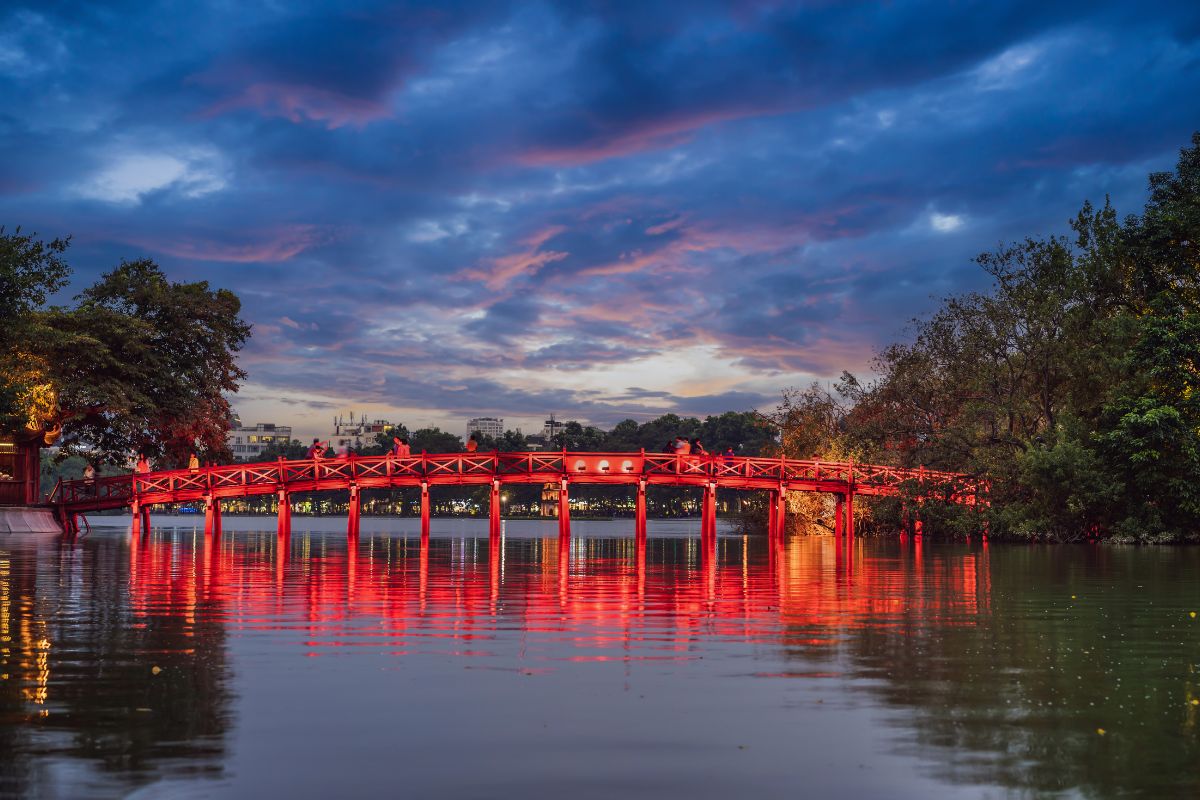
- Visit Ho Chi Minh City
Besides the capital city, don’t miss Ho Chi Minh City for its dynamic mix of modern urban life, historical significance, and cultural depth.
Here are a few things to do in Ho Chi Minh City:
- Cu Chi Tunnel: Experience Vietnam War history firsthand. Crawl through preserved tunnel sections and see ingenious traps.
- Ben Thanh Market: Immerse yourself in Vietnamese culture and commerce. Haggle for souvenirs and sample authentic street food.
- Nguyen Hue Walking Street: Experience the modern urban Vietnamese lifestyle.
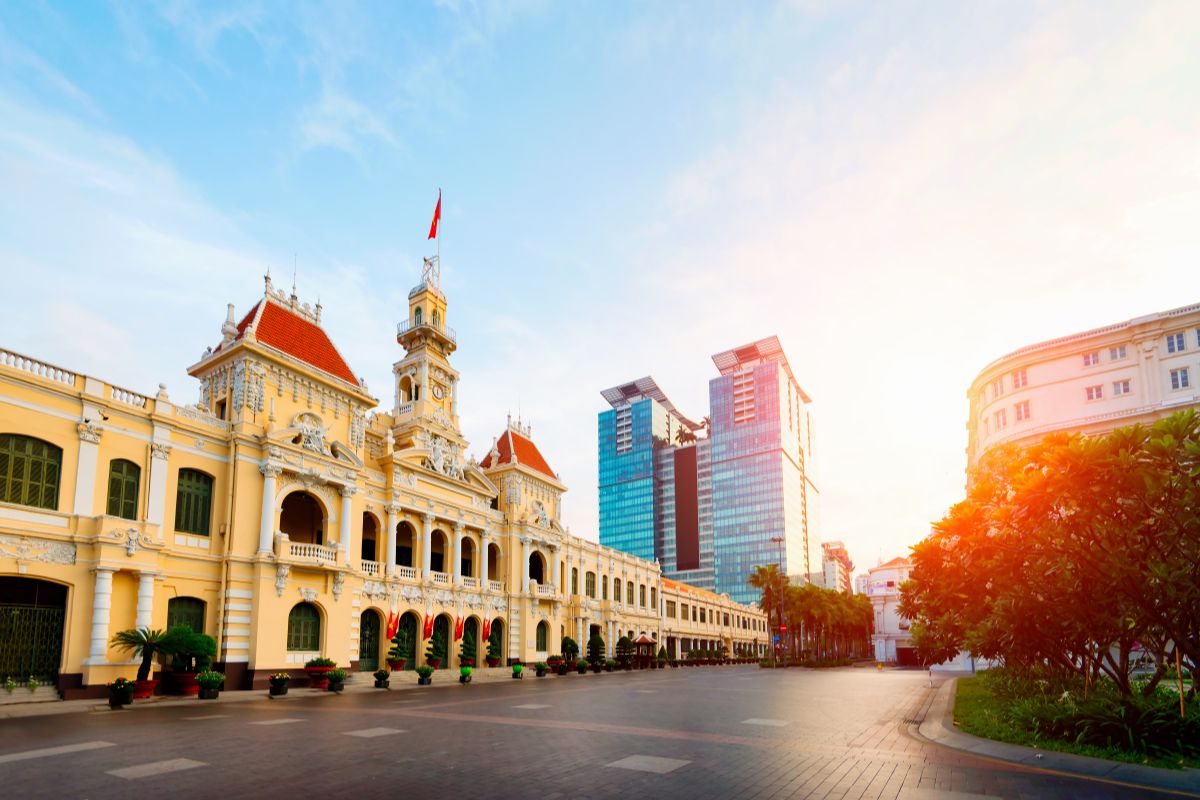
- Travel Da Nang
When traveling in Vietnam, you should also visit Da Nang for its blend of stunning beaches, natural wonders, and historical landmarks.
The best things to do in Da Nang include:
- Golden Bridge: Iconic 150m pedestrian bridge. Stunning views of Ba Na Hills. Unique giant hands design.
- Da Nang Night Market: 1km-long market along the Han River. Try local street food and shop for handicrafts. Vibrant atmosphere after sunset.
- Son Tra Peninsula: 13,000-hectare nature reserve. Home to rare red-shanked douc langurs. Ideal for hiking and motorcycling.
IV. Best Way to Get Around Vietnam
There are many ways to get around Vietnam depending on area and your budget:
| Transport | When to Use | Cost (USD) | Pros | Cons |
| Motorbike | Exploring cities and rural areas | $7–$10/day | Flexible, adventure-friendly | Traffic can be chaotic, not for everyone |
| Buses | Long distances between cities and tourist spots | $5–$20 | Affordable, connects major spots | Can be slow and uncomfortable |
| Domestic Flights | Long distances between major cities | $30–$100 | Fast, several airlines available | More expensive, airport transfers needed |
| Trains | Scenic routes like Hanoi-Ho Chi Minh | $15–$60 | Scenic, comfortable for long trips | Slower than buses or flights |
| Taxis/Ride-Hailing | Short distances within cities | $1–$5 (Grab/Be/Xanh SM) | Convenient, cheaper than regular taxis | Traffic delays in big cities |
Overall, prices for transportation in Vietnam are quite cost-effective. For daily transportation, expect to spend around $7–$10/day for a motorbike (including fuel) or $5–$12/day using ride-hailing apps like Grab. Public buses are the cheapest at $1–$2/day.
V. Where is the Best Place to Stay in Vietnam?
The best place to stay in Vietnam depends on your interests. Here are some highlights for a few places:
- Hanoi: Cultural hub, gateway to Ha Long Bay and Sapa. Old Quarter offers an authentic atmosphere.
- Ho Chi Minh City: Modern, fast-paced. Business center with colonial architecture. Access to Cu Chi Tunnels.
- Hoi An: UNESCO site. A blend of beaches, history, and culinary scene. Quieter than major cities.
- Da Nang: Emerging tech hub. Balance of beaches and urban amenities. Close to Hoi An and Hue.
- Nha Trang: Beach resort town. Popular for diving and island hopping.
For a mix of culture, convenience, and accessibility, Hanoi and Ho Chi Minh City are the top choices.
VI. Apps, SIM Cards & Adapters
Apps
To ensure a smooth travel in Vietnam, you should consider downloading one of these apps:
- Navigation apps: Google Maps and Maps.me (offline maps) are the best for finding local attractions, restaurants, and directions.
- Transportation apps: Xanh SM, Grab, Be. Grab and Be also offer food delivery if needed.
- Booking apps: Traveloka or Agoda are great for booking flights, hotels, and activities in Vietnam
- Connection apps: Gigago offers eSIM to stay connected and ExpressVPN for online security.
- Payment apps: Momo and VNPay are two convenient mobile wallet apps for cashless payments at many local businesses
Vietnamese SIM Cards
In Vietnam, the easiest way to stay connected is to use SIM cards. It’s a great option because it is more affordable than international roaming, and also offers reliable coverage. Trusted SIM providers in Vietnam include Viettel, Mobifone, and Vinaphone.
However, you should be careful of scams or overcharging at unofficial stores in Vietnam. And make sure your phone is unlocked if you want to use a SIM Card in Vietnam.
Here’s what you should know before getting a SIM Card:
- Where to buy: SIM cards are available at airports, convenience stores, or mobile shops in Vietnam
- Cost: SIM cards with 4G data typically cost around $5–$10 for 5-10 GB of data, valid for 30 days.
- Plans: Most plans are data-heavy, but you can also get options with call minutes.
- ID Requirement: You’ll need to show your passport to register a SIM card.
The table below includes SIM plans from three reliable providers in Vietnam: Viettel, Vinaphone, and Mobifone.
| Provider | Plan | Data | Validity | Price (USD) |
| Viettel | 5 GB | 5 GB total | 30 days | ~$4–$5 |
| 15 GB | 15 GB total | 30 days | ~$9 | |
| 30 GB | 30 GB total | 30 days | ~$13 | |
| Vinaphone | 1 GB/day | 1 GB/day | 15 days | ~$8 |
| 30 GB | 30 GB total | 30 days | ~$19 | |
| MobiFone | 8 GB | 8 GB total | 30 days | ~$4.5 |
Note: For the latest prices and updated information, please check the provider’s website.
Vietnam eSIM for Vietnam – Alternative for SIM Card
For more convenience, you can opt for eSIM as an alternative to physical SIM cards in Vietnam. There are many benefits of using a Vietnam eSIM:
- No physical card is needed; activate remotely
- Switch between plans easily
- Multiple profiles on one device
- Avoid SIM card scams (Purchase at the official website and receive a code/QR via email to activate your eSIM in just a few minutes)
For those who want to use eSIM, vietnamesim.com stands out as the top provider for visitors. They offer a range of eSIM plans that support fast and reliable 4G/LTE connections in Vietnam. Some key benefits of using vietnamesim.com include:
- Instant Activation: Immediate eSIM setup and activation before arrival in Vietnam. You can receive your code/QR to activate your eSIM right after purchase.
- High Network Coverage: Utilizes Viettel and Vinaphone networks (2 biggest mobile network providers in Vietnam).
- Affordable Data Plans: Plans start from 7 GB to 90 GB, offering excellent value compared to other providers
- Customer Support: vietnamesim.com offers 24/7 customer service, which is crucial for travelers who might face issues with activation or need quick assistance
Adapters
When traveling to Vietnam, here’s what you need to know about power adapters
Plug Types: Vietnam uses Type A, Type C, and Type F plugs
Voltage: The standard voltage is 220V. Consider bringing a voltage converter for devices that only support 110V
Adapter/Converter: Most modern electronics (like phones and laptops) are dual voltage (110-240V), so you’ll likely only need a plug adapter to match the socket type
VII. Frequently Asked Questions
Is Vietnam safe for tourists?
Yes, Vietnam is generally safe, but be careful of pickpockets in crowded areas.
How much should I tip in Vietnam?
Tipping is not required but appreciated. However, a small tip is welcomed and appreciated.
Are there any cultural customs I should be aware of in Vietnam?
Respecting elders is important in Vietnam. You should also avoid pointing with your feet, and always remove your shoes before entering homes or temples.
VIII. Conclusion
You’re now better prepared for your first trip in Vietnam. Remember to stay flexible, embrace the local culture, and enjoy the unforgettable experiences this country has to offer. Wish you the best time ever in Vietnam.
